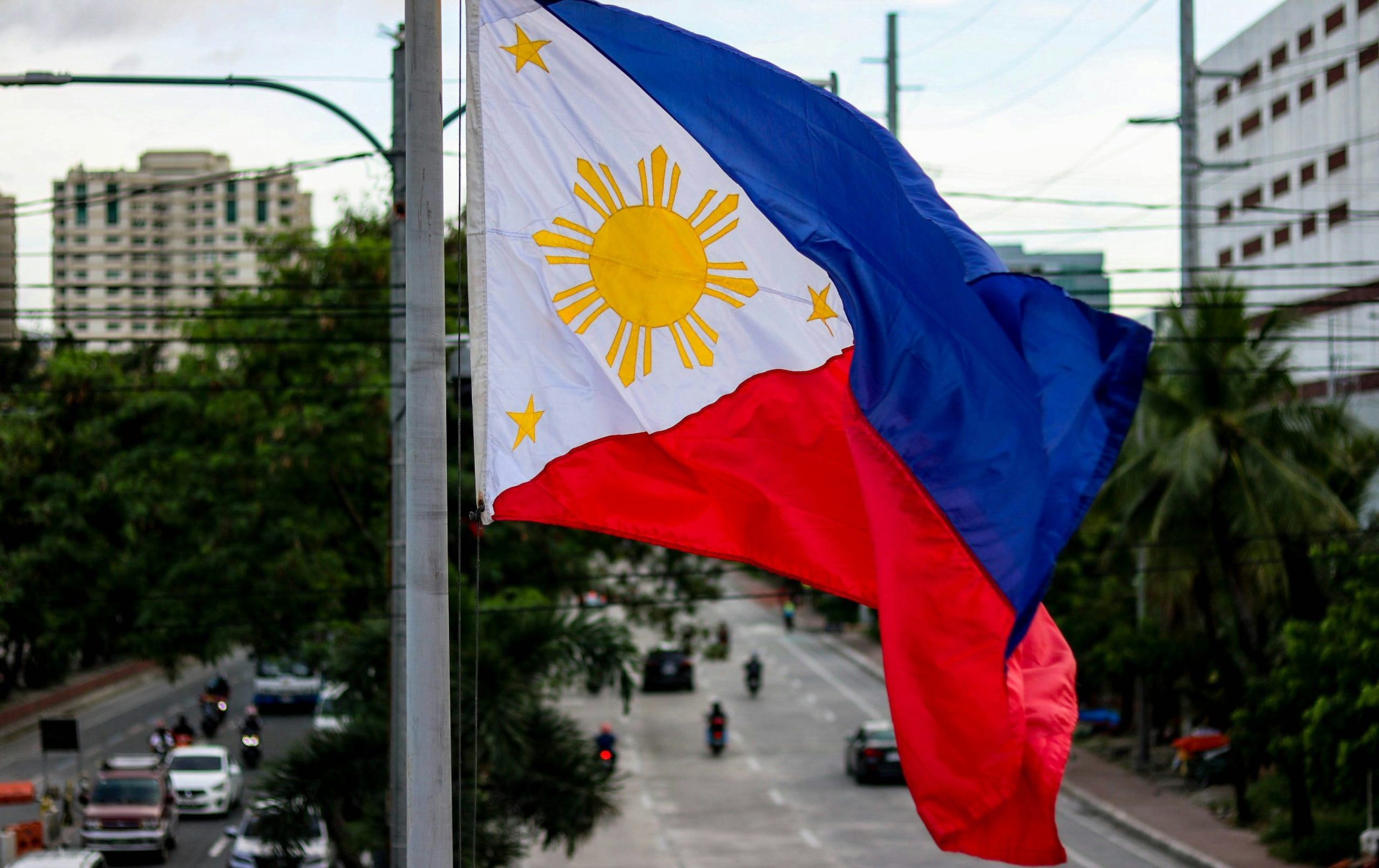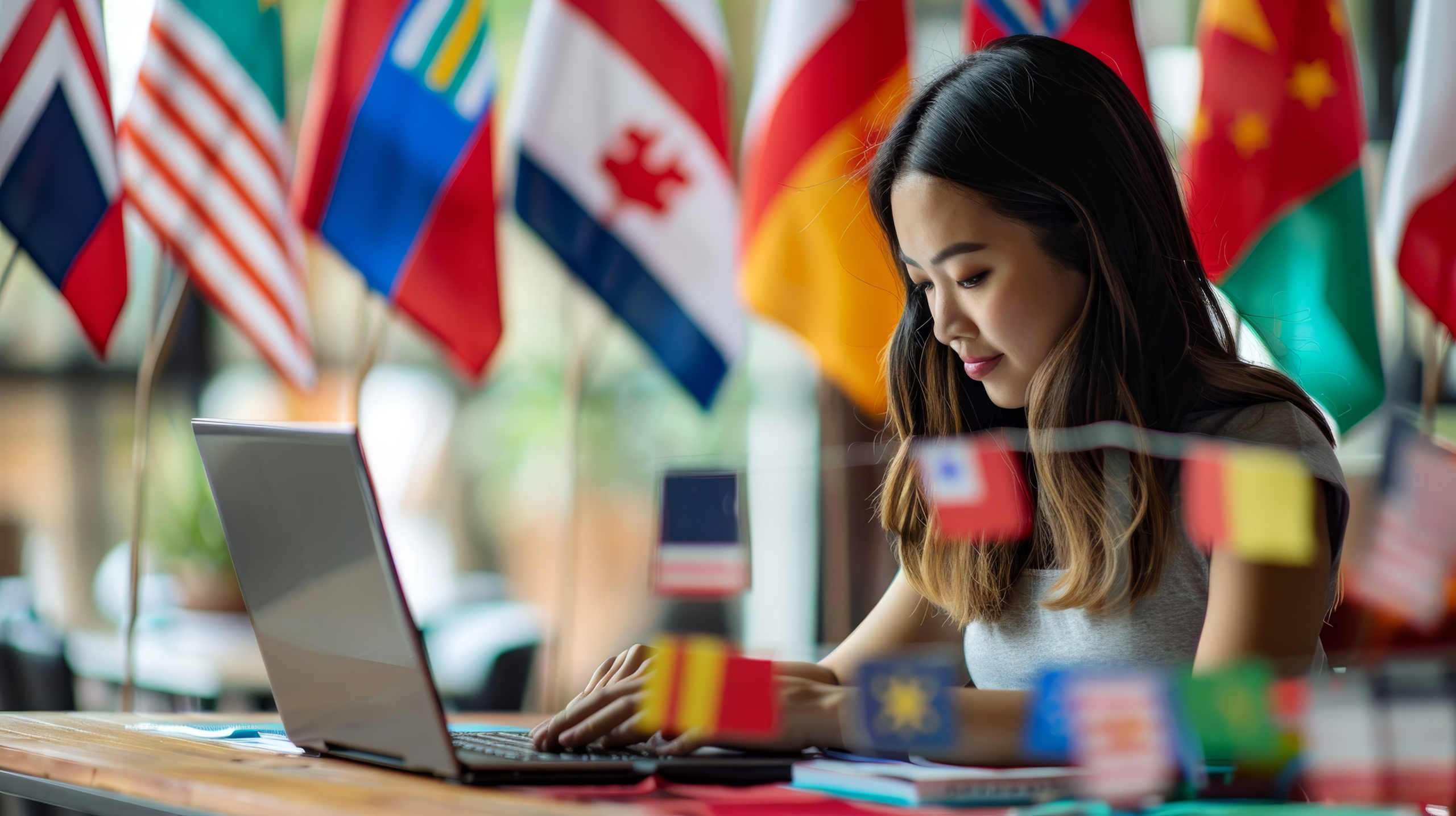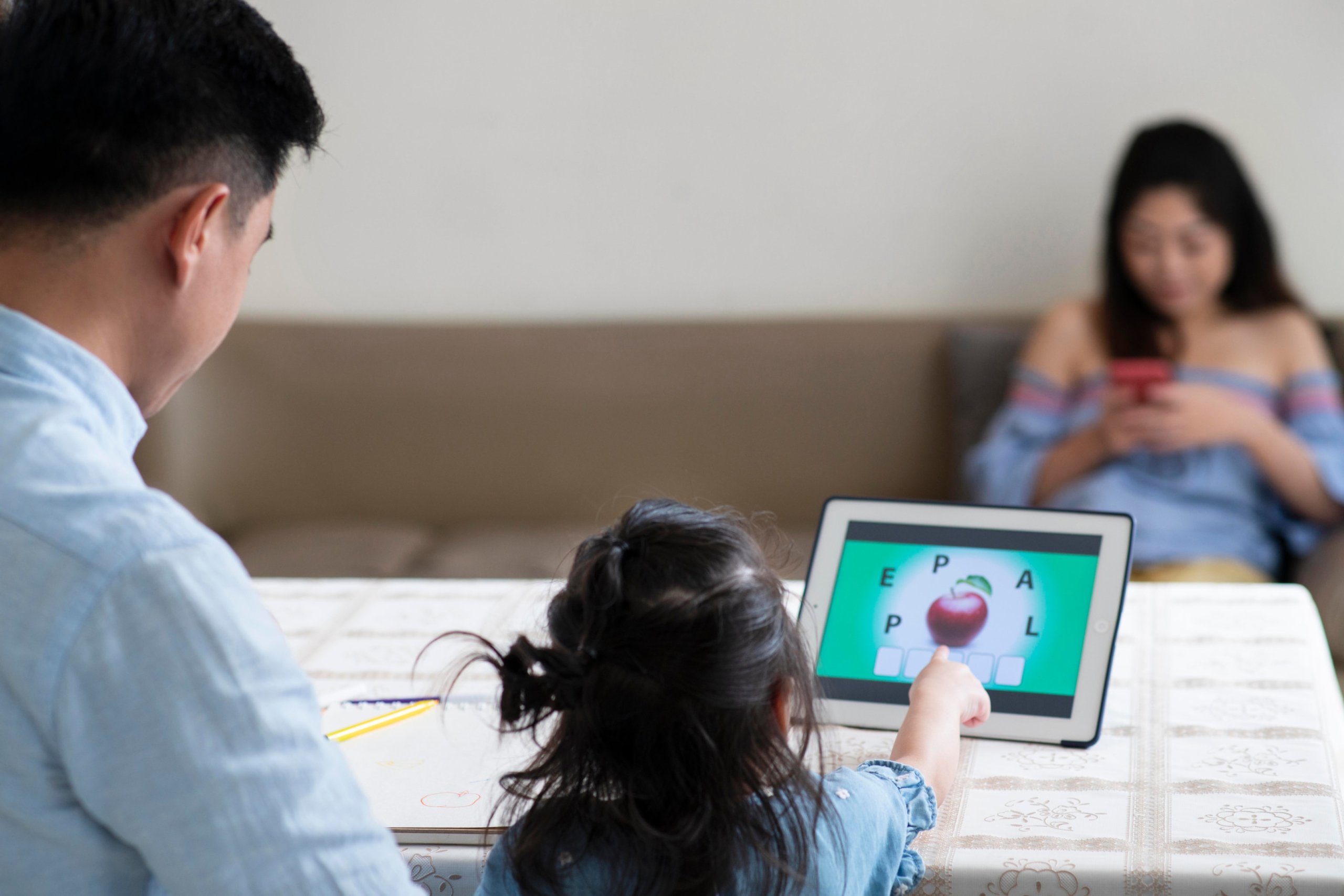
Buwan ng Wika, or National Language Month, is celebrated every August in the Philippines, highlighting the importance of the Filipino language and its significant roles in the nation’s identity and heritage. As we navigate through the digital age, the impact of technology on the Filipino language is undeniable.
Modern technology, including mobile devices and digital tools, plays a crucial role in shaping how we communicate and learn. This blog explores the impact of technology on Filipino language, and the significant relationship between language and technology, focusing on how technological advancements affect the Filipino language during Buwan ng Wika.
The learning process has been transformed by digital learning, with mobile applications and digital resources enhancing the way we improve language expertise. Digital games, writing activities, and other interactive digital tools make learning more fun and effective, benefiting both students and teachers.
English teachers, in particular, leverage these digital advancements to boost students’ test scores and overall language proficiency.
In Filipino communities, technology facilitates new teaching practices and offers innovative ways to stay connected with cultural heritage. The positive effects of digital learning are evident in the improved language skills of learners, while the integration of technology in education supports multilingual literacy.
However, it is also crucial to recognize the potential negative effects of technology on language preservation and cultural identity. This blog delves into these aspects, examining the roles and challenges of technology in the context of learning other languages and preserving the Filipino language.
Significant Relationship and Roles of Language and Technology

Language is the backbone of communication, culture, and identity. It shapes how communities interact, share knowledge, and preserve traditions. In the context of the Philippines, language plays a crucial role in the development of literacy and the preservation of cultural heritage.
Technology, on the other hand, serves as a powerful tool that transforms these interactions, making communication more efficient and accessible. Modern technologies provide various resources and tools that enhance the learning procedure, emphasizing the importance of both language and digital literacy.
In classrooms and schools across the Philippines, these technologies support teachers in delivering lessons more effectively and engaging learners in innovative ways.
The intersection of language and technology offers both opportunities and challenges. For instance, the internet and digital devices have revolutionized how words and knowledge are shared and taught, improving the ability of children and learners to grasp complex concepts.
Research shows that integrating technology into the teaching process can significantly boost students’ progress and development in language skills.
However, it is essential to recognize the need for a balanced approach. While technology can enhance language teaching and learning, it should be integrated thoughtfully to ensure that the core values and identity associated with the Filipino language are preserved.
By emphasizing the importance of both traditional and digital literacy, educators can create a comprehensive learning environment that prepares students for future challenges.
In the linguistically diverse landscape of the Philippines, the relationship between language and technology underscores the need for continuous innovation and adaptation in educational practices. As we embrace these advancements, it is crucial to remain mindful of their impact on our cultural and linguistic heritage.
The Role of Technology in Improving Language Skills

The relationship between language and technology is deeply intertwined, with each influencing and shaping the other. Advances in technology open up new possibilities for how we use language, and a deeper understanding of language is crucial for the development and improvement of various technologies.
In the context of language learning, technology undoubtedly plays a significant role. It provides learners with unprecedented access to resources, interactive learning platforms, and global communication, enhancing convenience, engagement, and personalized learning experiences.
Enhancing the Learning Process through Digital Learning
Technology has revolutionized the learning procedure, making education more interactive and accessible. E-learning platforms, language apps, and online resources provide learners with numerous opportunities to improve their language abilities.
For instance, apps like Duolingo and Rosetta Stone offer interactive modules for learning Filipino, catering to different proficiency levels and learning styles. These tools make language learning more engaging and flexible, allowing users to learn at their own pace.
Leveraging Technology to Support Multilingual Literacy
In the Philippines, multilingual literacy is crucial due to the country’s diverse linguistic landscape. Technology supports this by offering resources in various languages, helping individuals become proficient in multiple languages.
Websites, apps, and online courses offer lessons in Filipino, English, and other regional languages, promoting multilingual literacy. Additionally, digital platforms provide access to a vast array of reading materials, from e-books to online articles, in different languages, enhancing comprehension and fluency.
Opportunities for Language Development and Preservation
Technology offers significant opportunities for language development and preservation. Digital archiving is one such opportunity, where historical texts, literature, and oral traditions are digitized, preserving them for future generations. This project is essential for maintaining cultural diversity and ensuring that valuable resources are not lost.
Social media platforms also play a positive role in language development by enabling users to communicate in Filipino, thus keeping the language relevant in daily conversations. The widespread adoption of these platforms has led to the development of new Filipino terms and expressions, adapting the language to modern contexts and innovations.
Moreover, digital devices and technologies serve as valuable resources for improving language skills such as reading, vocabulary, and grammar. These tools can be utilized in educational settings to enhance the learning experience, allowing learners to engage with the language in interactive and meaningful ways.
However, it is important to recognize the limitations and challenges present in this digital landscape. Factors such as limited access to technology and the potential for negative behavior online must be addressed to fully harness the benefits of these advancements. Despite these challenges, the overall influence of technology on language development has been largely positive.
Furthermore, technology can focus on aspects of language learning that were previously difficult to address. For instance, language learning apps and online courses have developed innovative methods for teaching and reinforcing vocabulary and grammar skills, making them more accessible to a wider audience. These tools also provide immediate feedback, helping learners understand and correct their mistakes in real-time.
The adoption and utilization of technology in language preservation and development are essential for ensuring that the Filipino language continues to thrive in the modern world. By embracing these opportunities, we can create a future where the richness of our linguistic heritage is preserved and enhanced for generations to come.
The Threat of Cultural Homogenization
While technology offers numerous benefits, it also poses the threat of cultural homogenization. The dominance of English and other global languages on the internet can overshadow local languages, leading to a gradual erosion of linguistic diversity.
In the Philippines, this is evident as learning English often dominates online content, potentially marginalizing Filipino and regional languages. This trend could lead to a loss of cultural identity and heritage, as language is a key component of cultural expression.
Impact on Language:
Dominance of Global Languages: English, as a global lingua franca, dominates online communication, content, and platforms. Other major languages like Spanish, Chinese, and French also have significant influence.
Marginalization of Local Languages: As global languages gain prominence, local languages may be overshadowed. In the Philippines, for instance, English often takes precedence in digital spaces, potentially marginalizing Filipino and regional languages.
Erosion of Linguistic Diversity: When dominant languages prevail, linguistic diversity suffers. Smaller languages face challenges in maintaining relevance and usage.
Consequences:
Loss of Cultural Identity: Language is intertwined with culture. When local languages decline, cultural expressions, folklore, and traditions associated with them may fade.
Heritage at Risk: Cultural heritage, including oral traditions, songs, and stories, relies on language. If local languages diminish, heritage preservation becomes challenging.
Digital Divide: Unequal access to technology exacerbates the issue. Communities without internet access miss out on global conversations, reinforcing linguistic disparities.
Mitigating Cultural Homogenization:
Promoting Multilingualism: Encouraging bilingual or multilingual education and content creation can preserve local languages.
Digital Inclusion: Efforts to bridge the digital divide ensure equitable access to technology and online resources.
Language Revitalization: Supporting language revitalization initiatives helps maintain linguistic diversity.
Preserving the Filipino Language and Culture

Preserving the Filipino language and culture in the digital age presents several challenges. One major challenge is the lack of digital content in Filipino and regional languages. To address this, there needs to be a concerted effort to create and promote content in these languages across various digital platforms.
Another challenge is the need for language education policies that emphasize the importance of Filipino and regional languages in schools, ensuring that future generations remain connected to their linguistic heritage. More than the government regulating bodies, the cooperation of stakeholders including students and their teachers, whether online or classroom teaching in school.
Moreover, balancing the influence of global languages while promoting local languages requires strategic planning and collaboration among educators, policymakers, and technology developers.
Initiatives such as language revitalization programs, digital literacy campaigns, and the integration of technology in language education are essential to overcoming these challenges.
Buwan ng Wika is a reminder of the richness of the Filipino language and the need to preserve and promote it in the face of technological advancements. While technology offers numerous opportunities for enhancing language abilities and preserving linguistic heritage, it also poses challenges that need to be addressed.
By leveraging technology thoughtfully and strategically, we can ensure that the Filipino language continues to thrive, fostering a sense of identity and cultural pride among Filipinos.
As we celebrate Buwan ng Wika, let us embrace the positive impact of technology on language development while remaining vigilant against the threats it poses. Through collaborative efforts, we can safeguard the Filipino language and culture for future generations, ensuring that they remain vibrant and relevant in the digital age.

Celebrate Life’s Milestones in Camella!
Make unforgettable memories in a Camella home.
Our communities are designed to elevate your living experience.


